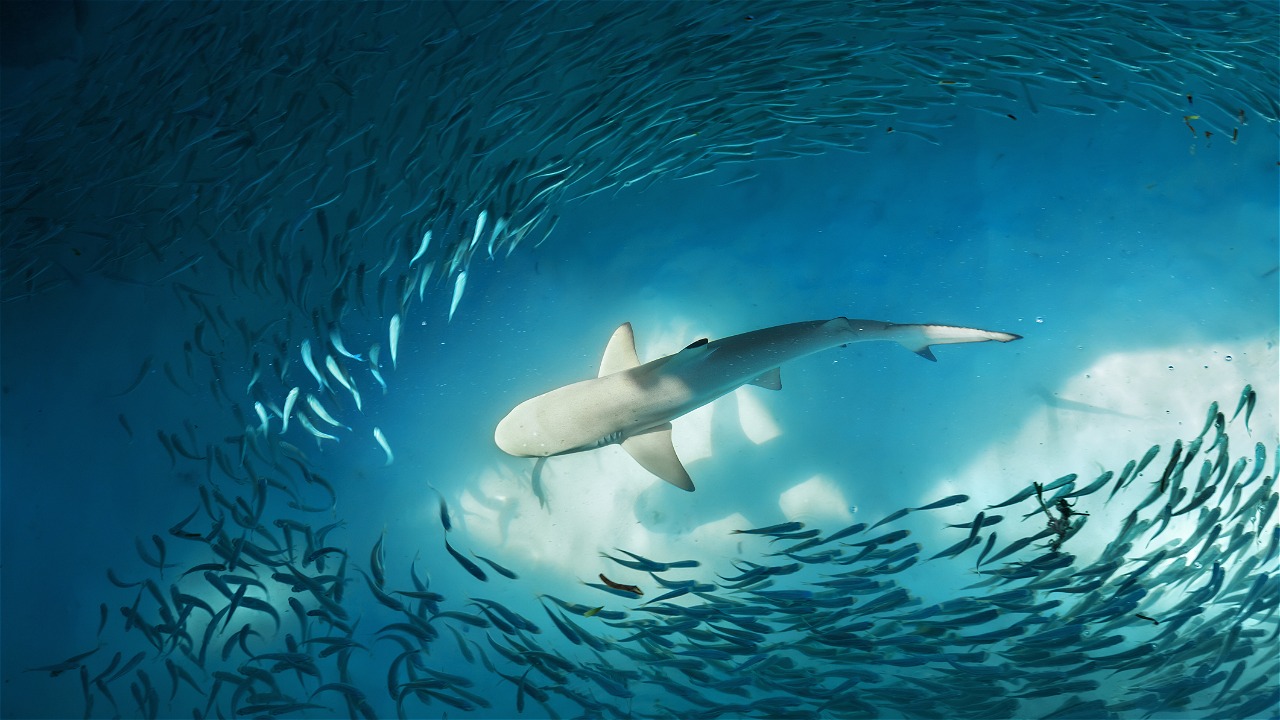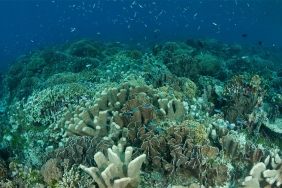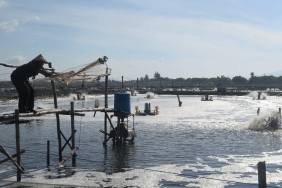SHARK BYCATCH FISHERY BMP
By: Ranny Ramadhani Yuneni
"Better Management Practices(BMP) Fisheries Guide Series (Bycatch): Guidelines for Handling Sharks as Bycatch (Bycatch)" compiled by Tim Bycatch & SharksWWF-Indonesia as part of efforts to improve responsible and sustainable fisheries practices, which has been mandated in the National Action Plan (National Plan of Action)Sharks and fisheries regulations, both at national and international levels.
In Indonesia, there are various types of sharks. There are at least 117 species of sharks that are distributed in nearshore waters to the high seas with a depth of about 150 meters or more. Naturally, sharks will only prey on weak and sick fish and leave healthy animals to survive in nature. Therefore, sharks play an important role in maintaining a stable ecosystem that balances the composition of fish populations that are generally utilized by fishermen.
In the last decade, shark populations have been severely threatened, mainly due to fisheries activities using various kinds of fishing gear. Based on this background, WWF-Indonesia, the Ministry of Marine Affairs and Fisheries, and the West Manggarai Regency Government, took the initiative to develop guidelines for handling sharks as bycatch (bycatch), in order to improve the survival of sharks caught accidentally by fishing gear in Indonesia.
This guideline was developed through several stages, which include literature review and field handling practices at several net and line fishing gear operation sites. In addition, external discussions with relevant stakeholders - namely researchers, academics and practitioners - have enriched the substance in improving this guide. These shark handling BMPs are practical guidelines that can be applied to both small-scale and large-scale fishing vessel operations. This guide is a flexible (living document) that will continue to be refined in accordance with developments in the field and input from various parties concerned.





